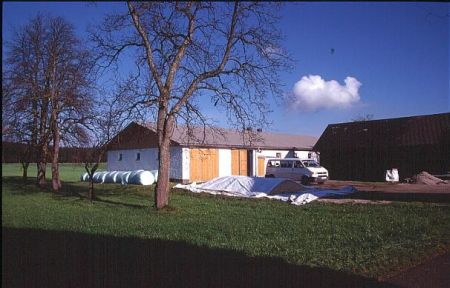In this skewed constellation (a consensus seeker possibly being the last remaining animal owner in the village against a large number of those affected) and in this complicated technical and legal matter, the elected mayor as the building authority of first instance consistently lacks the objective criteria necessary for the decision. What is extremely unsatisfactory in this situation, which is readily hyped up by the media, is that the very expensive proceedings drag on for years without reaching a satisfactory result for one side or the other.
The main cause of this unsatisfactory development can be seen in the fact that the residents consistently demand their supposed right to freedom from odors, while the consensus seekers want to enforce the development of their areas in accordance with the intended use. The highest courts consistently base their rulings on the so-called “dedication-related pollution control”. The central point here is the assessment of “local custom”. With different approaches (actual size, dedication-related maximum size) you end up with completely different reasonable burdens. In addition, the “local custom of emissions” is also an evaluation-dependent term. The resulting legal uncertainty for all those affected only leads to further polarization. In order to actually make progress on this difficult but vital issue for agriculture, it is necessary There are objective assessment criteria and clear procedural requirements.
The aim of the scientific work is to objectify the actual impact and to develop an approval roadmap that is valid in all federal states. Using so-called “electronic noses” a concrete measured value is to be determined at different locations and at different times as a ratio for the possible impairment. The results achieved are to be incorporated into the BMLFUW’s “Preliminary Guideline for the Assessment of Immissions from Stables” and also into the final editing of this guideline.







